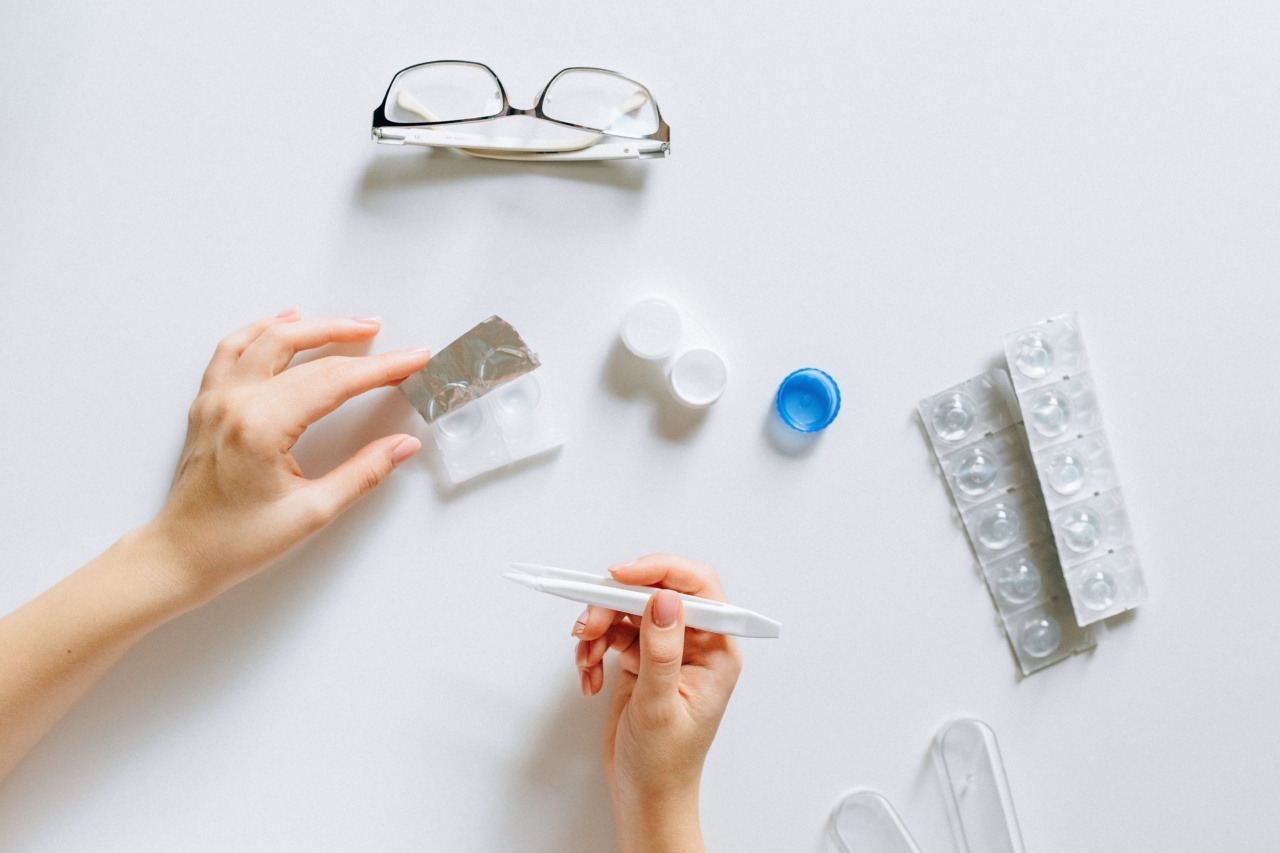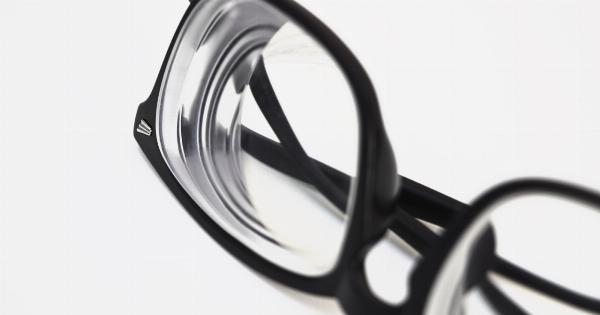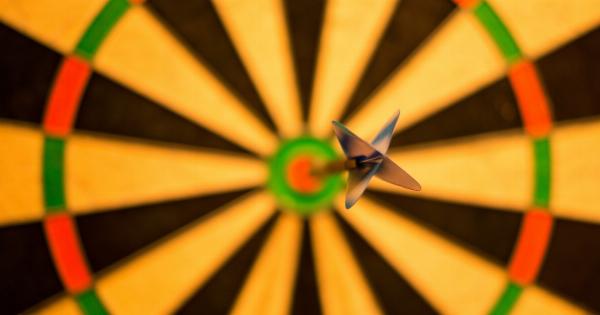Myopia, commonly known as nearsightedness, is a condition where a person can see close objects clearly, but distant objects appear blurry. It has become increasingly prevalent in recent years, especially among children and young adults.
Myopia progression refers to the worsening of nearsightedness over time. If left unchecked, it can lead to severe vision problems and other complications. However, various eye treatments and interventions can effectively slow down or prevent myopia progression, ensuring better long-term eye health.
This article explores the different eye treatments available to prevent myopia progression and their effectiveness in managing this condition.
1. Eyeglasses and Contact Lenses
Eyeglasses and contact lenses are the most common and popular methods of correcting myopia. They work by compensating for the refractive error in the eye, enabling clear distance vision.
While they do not directly prevent myopia progression, they can help manage the condition by providing clear vision, reducing eye strain, and minimizing the need for excessive accommodation.
2. Orthokeratology (Ortho-K)
Ortho-K is a non-surgical treatment to control myopia progression. It involves wearing specially designed rigid gas permeable contact lenses overnight. These lenses gently reshape the cornea, temporarily correcting the myopic refractive error.
The effects of Ortho-K lenses typically last for a day, allowing individuals to experience clear vision without the need for glasses or contact lenses during the day. Several studies show that Ortho-K can effectively slow down myopia progression in children, making it a popular choice for pediatric myopia management.
3. Multifocal Contact Lenses
Multifocal contact lenses are another option for managing myopia progression. Unlike traditional contact lenses, which only correct distance vision, multifocal lenses have different zones to correct both near and distance vision.
By providing clear vision at various distances, these lenses can help reduce the strain on the eyes when performing close tasks such as reading or using digital devices. Some studies suggest that multifocal contact lenses can slow down myopia progression in children and young adults.
4. Atropine Eye Drops
Atropine eye drops are a pharmacological option for myopia control. Atropine is a medication that dilates the pupil and relaxes the focusing mechanism of the eye. Low-dose atropine eye drops are prescribed daily to children with progressive myopia.
Studies have shown that atropine eye drops can effectively slow down myopia progression and reduce the risk of high myopia development. However, it is important to note that atropine may cause temporary light sensitivity and near vision blurring.
5. Behavioral Interventions
Behavioral interventions involve adopting healthy visual habits and making lifestyle changes to effectively manage myopia progression. These interventions aim to reduce near work activities and encourage spending time outdoors.
Engaging in outdoor activities has been linked to a reduced risk of myopia development and slower myopia progression. Additionally, taking regular breaks during near work activities, maintaining proper posture, and practicing good lighting conditions can help alleviate eye strain and reduce the progression of myopia.
6. Pharmacological Treatments
In addition to atropine eye drops, there are several other pharmacological treatments being investigated for myopia control. Some potential options include pirenzepine gel, retinal dopamine agonists, and melatonin.
These treatments are still under research and have shown varying efficacy in slowing down myopia progression. It is important to consult with an eye care professional before considering any pharmacological treatments for myopia.
7. Vision Therapy
Vision therapy is a personalized program of eye exercises and activities prescribed by an optometrist or ophthalmologist. It is aimed at improving visual skills, such as eye focusing, tracking, and coordination.
While vision therapy does not directly prevent myopia progression, it can address underlying visual issues that contribute to eye strain and may help manage the symptoms associated with myopia.
8. Corneal Reshaping Techniques
Corneal reshaping techniques, such as laser-assisted in situ keratomileusis (LASIK) and photorefractive keratectomy (PRK), are surgical procedures that permanently reshape the cornea to correct refractive errors.
While these procedures are primarily used for vision correction, some studies suggest that they may also have a slight effect on reducing myopia progression. However, the long-term safety and effectiveness of these procedures for myopia control are still being investigated.
9. Environmental Modifications
Modifying the indoor environment can also play a role in managing myopia progression. Ensuring good lighting conditions, reducing glare from digital screens, and maintaining proper reading distances can help minimize eye strain.
Optimal lighting should provide sufficient but not excessive brightness, and the computer screen should be positioned slightly below eye level with appropriate font sizes and contrast. Creating a conducive environment for visual tasks can contribute to reducing the exacerbation of myopia.
10. Combination Approaches
In many cases, a combination of different treatments may be recommended to effectively manage myopia progression.
For example, a child may be prescribed multifocal contact lenses along with recommended lifestyle changes to spend more time outdoors and limit near work activities. By adopting a multi-faceted approach tailored to the individual’s needs, eye care professionals can maximize the chances of effectively controlling myopia progression.
Conclusion
Preventing myopia progression is crucial for maintaining good eye health and preventing potential complications associated with high levels of myopia.
Various eye treatments, including eyeglasses, contact lenses, Ortho-K, atropine eye drops, and behavioral interventions, have shown promise in reducing the progression of myopia. However, it is important to remember that each individual’s response to treatment may vary, and consulting with an eye care professional is essential to determine the most suitable treatment plan.
By combining different interventions and making lifestyle modifications, individuals can take proactive steps to slow down or prevent myopia progression, ensuring healthier eyes in the long run.



























